A vanishing interface
“A vanishing interface”, Nature 353, 213 (1991).
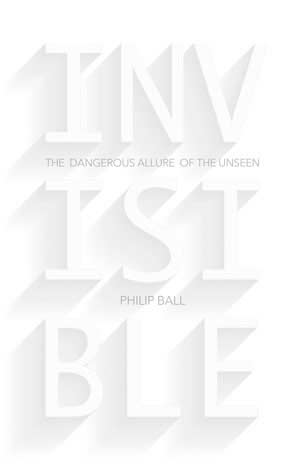
Invisible presents the first comprehensive survey of the roles that the idea of invisibility has played throughout time and culture. This territory takes us from medieval grimoires to cutting-edge nanotechnology, from fairy tales to telecommunications, from camouflage to early cinematography, and from beliefs about ghosts to the dawn of nuclear physics and the discovery of dark energy. We need to attend to many voices: to Plato and Shakespeare, to James Clerk Maxwell and Victorian music-hall magicians. We will discover new worlds: some of them already known, some sheer fantasy, others whose existence has been asserted but is yet to be proved.
Science is said to be on the threshold of achieving the ancient dream of making objects invisible. But the stories that we have told about invisibility are not about technical capability but about power, sex, concealment, morality and corruption. Precisely because they refer to matters that lie beyond our senses, unseen beings and worlds have long been a repository for hopes, fears and suppressed desires. Ideas of invisibility are, like all ideas rooted in legend, ultimately parables about our own potential and weaknesses.
…
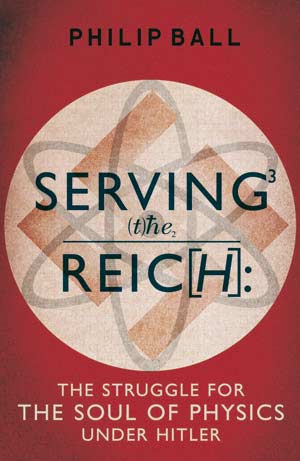 Serving the Reich: The Struggle for the Soul of Physics Under Hitler by Philip Ball
Serving the Reich: The Struggle for the Soul of Physics Under Hitler by Philip BallIn January 1940, the Dutch physicist and Nobel laureate Peter Debye, formerly one of the leading physicists in Hitler’s Germany, sailed from Genoa to the United States. The official story was that he was taking a leave of absence from directing the Kaiser Wilhelm Institute for Physics in Berlin in order to deliver a series of lectures at Cornell University. In fact Debye never returned to Germany, but settled in America and contributed to the Allied war effort against the country in which he had worked for most of his life.
…
SERVING THE REICH: The Struggle for the Soul of Physics Under HitlerRead More »
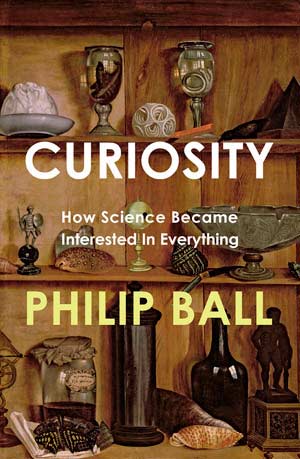 Curiosity: How Science Became Interested in Everything by Philip Ball
Curiosity: How Science Became Interested in Everything by Philip BallCuriosity is dangerous. But it’s far worse than you think, for curiosity was the original sin. In Christian tradition, all the ills of the world follow from the attempt in the Garden to grasp – literally to consume – forbidden knowledge. “When you eat of it”, said the serpent to Eve, “your eyes will be opened, and you will be like God.” Through curiosity, our innocence was lost.
Yet this hasn’t deterred us; quite the reverse. It is said that God created Adam only at the end of his six-day labours so that the man should not see how the trick was done. Ever since then, we seem to have been trying to discover exactly how that trick was done.
CURIOSITY: How Science Became Interested in EverythingRead More »
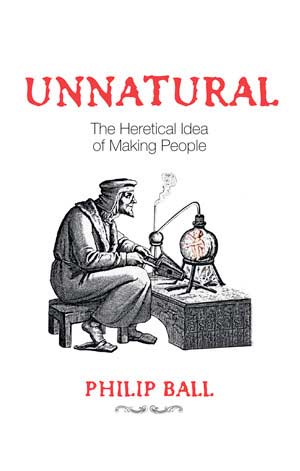 Unnatural: The Heretical Idea of Making People by Philip Ball
Unnatural: The Heretical Idea of Making People by Philip BallCan we make a human being? That question has been asked for many centuries, and has produced recipes ranging from the homunculus of the medieval alchemists and the clay golem of Jewish legend to the cadaverous mosaic of Frankenstein’s monster and the mass-produced test-tube babies of Brave New World’s Hatcheries. All of these efforts to create artificial people are more or less fanciful, but they have taken deep root in Western culture. They all express fears about the allegedly treacherous, Faustian nature of technology, and they all question whether any artificially created person can be truly human. Legends of people-making are tainted by suspicions of impiety and hubris, and they are regarded as the ultimately ‘unnatural’ act, offering a revealing glimpse of changing attitudes to the relationship between nature and human art.
In Unnatural, I delve beneath the surface of the cultural history of ‘anthropoesis’ – the creation of artificial people – to explore what it tells us about our views on life, humanity, creativity and technology, and the soul.
…
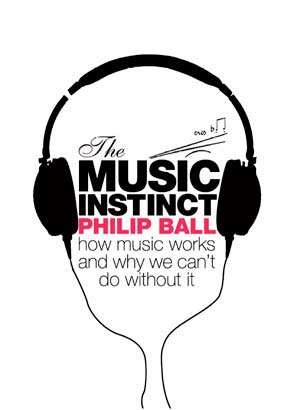 The Music Instinct: How music works, and why we can’t do without it by Philip Ball
The Music Instinct: How music works, and why we can’t do without it by Philip BallThe Music Instinct offers the first comprehensive, accessible survey of what is known – and what remains unknown – about how music works: why we can comprehend it, why we are moved by it, why we make music and what roles it serves in culture and society.
It also advances some new ideas about those questions, pointing out where there are current gaps in our enquiries and investigations and suggesting new directions.
It will help the reader understand what is happening when they listen to music: how their brain is decoding the complex sound signal, discerning patterns and regularities and forming interpretations and expectations that create a sense of aesthetic pleasure – or not, as the case may be.
In this way, the book will not only enhance readers’ appreciation of the music they love, but also encourage them to look at all music in a new light and perhaps to begin exploring music that previously seemed opaque or dull or daunting.
…
THE MUSIC INSTINCT: How music works, and why we can’t do without itRead More »
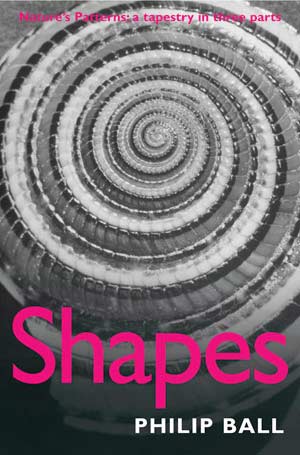

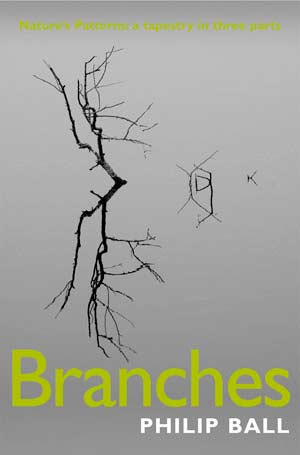
Patterns are everywhere in nature – in the ranks of clouds in the sky, the stripes of an angelfish, the arrangement of petals in flowers. Where does this order and regularity come from? It creates itself. The patterns we see come from self-organization. Whether in living or non-living systems, there is a pattern-forming tendency inherent in the basic structure and processes of nature.
…
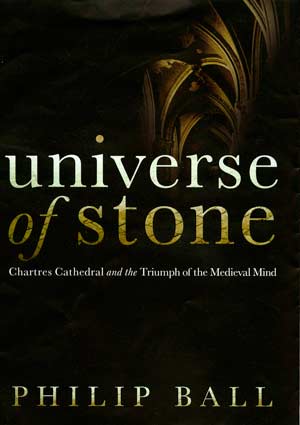 Universe of Stone: Chartres Cathedral and the Triumph of the Medieval Mind by Philip Ball
Universe of Stone: Chartres Cathedral and the Triumph of the Medieval Mind by Philip BallIn the twelfth century, Christians in Europe began to build a completely new kind of church – not the squat, gloomy buildings we now call Romanesque, but soaring, spacious monuments flooded with light from immense windows. These were the first Gothic churches, and they culminated in the cathedral of Chartres, where all the elements of the new style cohered perfectly for the first time.
…
UNIVERSE OF STONE: Chartres Cathedral and the Triumph of the Medieval MindRead More »
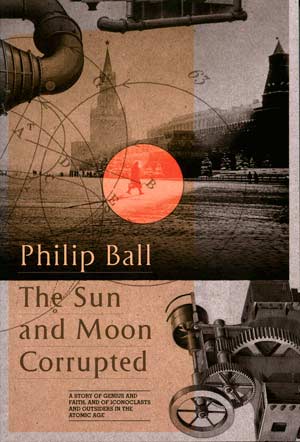 The Sun and Moon Corrupted by Philip Ball
The Sun and Moon Corrupted by Philip BallKarl Neder – physicist, Communist and all-round maverick – thinks he has made a discovery that will offer mankind energy for free. But no one believes him – or rather, no one understands him. And so he is forced to wander like a vagabond across Cold War Europe, an outcast from his native Hungary, leaving chaos and half-built machines in his wake.
But who, and where, exactly is Karl Neder? Young journalist Lena Romanowicz wants to find out, hoping to kick-start a stalled career but driven more by motives she would rather not interrogate.
…
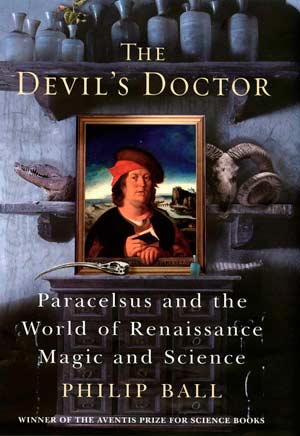 The Devil’s Doctor: Paracelsus and the World of Renaissance Magic and Science by Philip Ball
The Devil’s Doctor: Paracelsus and the World of Renaissance Magic and Science by Philip Ball‘Philip Theophrastus Aureolus Bombast von Hohenheim – known to later ages as Paracelsus – stands on the borderline between medieval and modern: a name that is familiar but a man who has been hard to perceive or to understand. A contemporary of Martin Luther, he was an enemy of established medicine, scourge of the universities (‘at all the German schools’, he said, ‘you cannot learn as much as at the Frankfurt fair’), army surgeon, unorthodox theologian, and alchemist. Myths about him – from his treating disease from beyond the grave in nineteenth-century Salzburg to his alleged Faustian bargain with the devil – have proved far more lasting than his real story. Even during his lifetime, he was rumoured to ride a magical white horse and to store the elixir of life in the pommel of his sword.
…
THE DEVIL’S DOCTOR: Paracelsus and the World of Renaissance Magic and ScienceRead More »